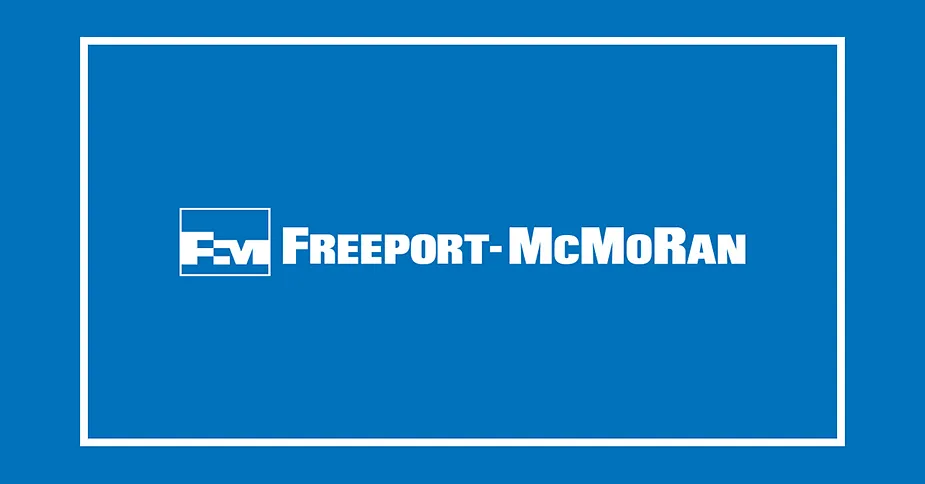Focusing on the fundamentals of safety and efficiency while setting the right production priorities is the best way to control costs and maximize value for the company, Josh Olmsted said during a recent virtual town hall for employees.
Everyone throughout the company needs to make sure the work they do each day is the most important and will deliver the most value. That could translate to dollars, pounds or intangibles like operational efficiency or better safety, said Olmsted, President and Chief Operating Officer-Americas.
Olmsted was joined for the quarterly event by Steve Higgins, Senior Vice President and Chief Administrative Officer; David Elliott, President, FM Sales Co.; and Cindy Barber, Director, Business Projects. The virtual town hall was viewed by about 2,000 employees of the Americas’ operation.
Getting back to the basics is key to success in every job in the company, most importantly in helping ensure a safe workplace, Olmsted said. There was some improvement in the rate of recordable injuries across the Americas in late 2023. But the number started creeping back up in the first three months of this year. More concerning is the number of high-impact events, those in which there was a significant chance of death or injury.
Luck not acceptable
“We can't continue to have the number of events that we've had, the high-energy events, high-impact events,” Olmsted said. “We've been lucky in several cases that we didn't end up with a fatality, and it was only by luck. And we can't accept luck as a reason for not having an event.”
Safety is every employee’s responsibility, Olmsted said. That comes with setting expectations, having the right conversations and recognizing it is both the right and responsibility of every employee to stop a job if they believe it is unsafe.
That mindset of focusing on what is important also will lead to more efficient and productive operations, which is vital as the company struggles to hold down costs, he said.
“It’s more of a mentality of thinking through and understanding where the highest value is,” Olmsted said during the question-and-answer period. “It’s making sure that we’re really focused on that and not getting distracted with a bunch of other shiny objects.”
While the price of copper has been hovering around $4.50 per pound, the cost to produce it in the Americas is about $3, which is more than what was forecast at the beginning of the year. Much of that added cost is driven by higher-than-expected prices for supplies and the reliance on outside contractors to backfill employee shortfalls.
Higgins said every employee can help by paying close attention to what they can do to make their own jobs more efficient and productive.
Maximizing efficiency and productivity
“What are we doing in every job in the company every single day and looking at that with an eye toward value, productivity and cost management?” Higgins said of the approach every employee should take. “Can I do this better, more efficiently? Can I stop doing some work that really isn’t creating value every day? If we each collectively do that then we’re going to see, I think, a fairly significant impact on overall efficiency and productivity.”
On other topics, Barber described a new data management system intended to be more efficient and user friendly. The system currently used by most departments is being phased out by SAP and replaced with a new one called S4/Hana. With the conversion, the company will be seeking to integrate different data systems used by some departments. It also will allow many tasks currently done manually to be automated, Barber said.
While some departments will begin adopting the new system later this year, it will go live for all company sites except PTFI in February 2025. PTFI will begin using the system in May 2026.
Elliott said the transformation to clean energy will continue to drive demand for copper in the long term. New technologies like data storage centers, artificial intelligence and even cryptocurrency all require large amounts of power that will be transmitted through copper.
All the more reason to stay focused on the basics, Olmsted said.
“We don't control the price,” he said. “We control the way that we operate. We control the things that we do day in and day out to manage our costs.”
